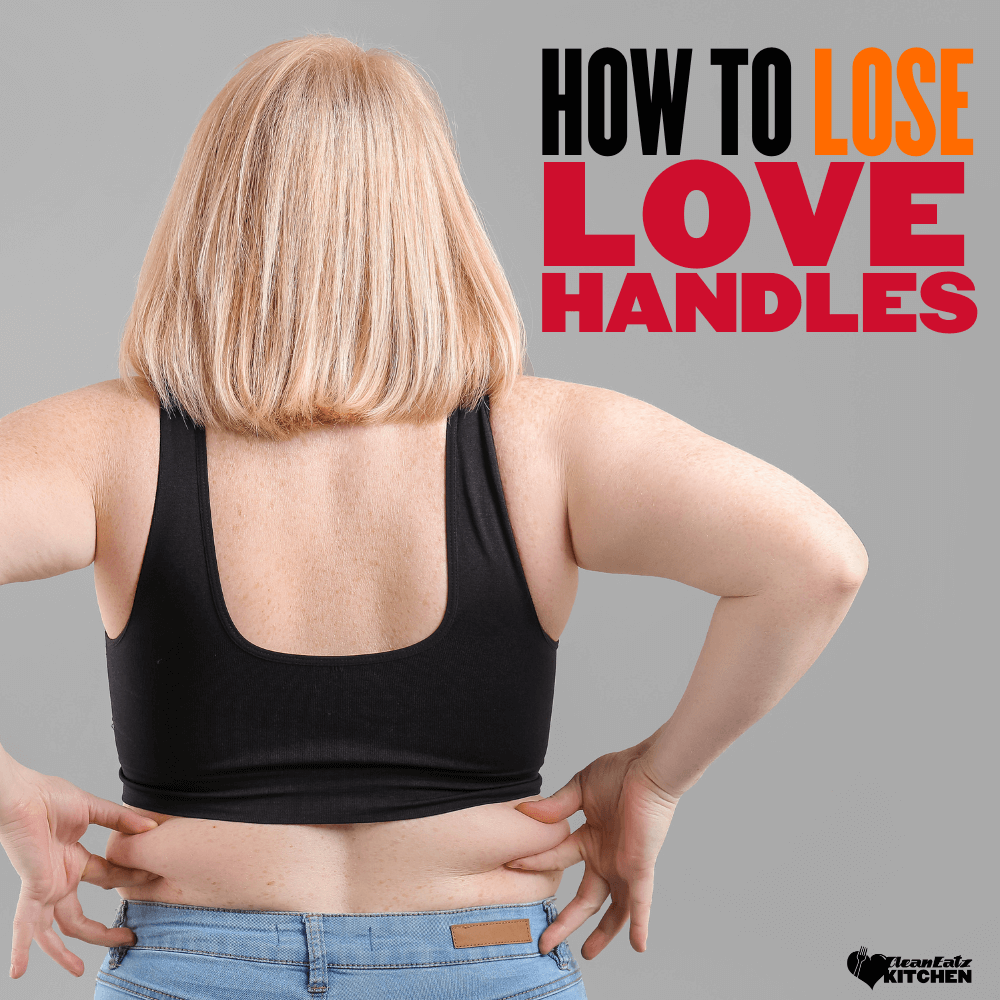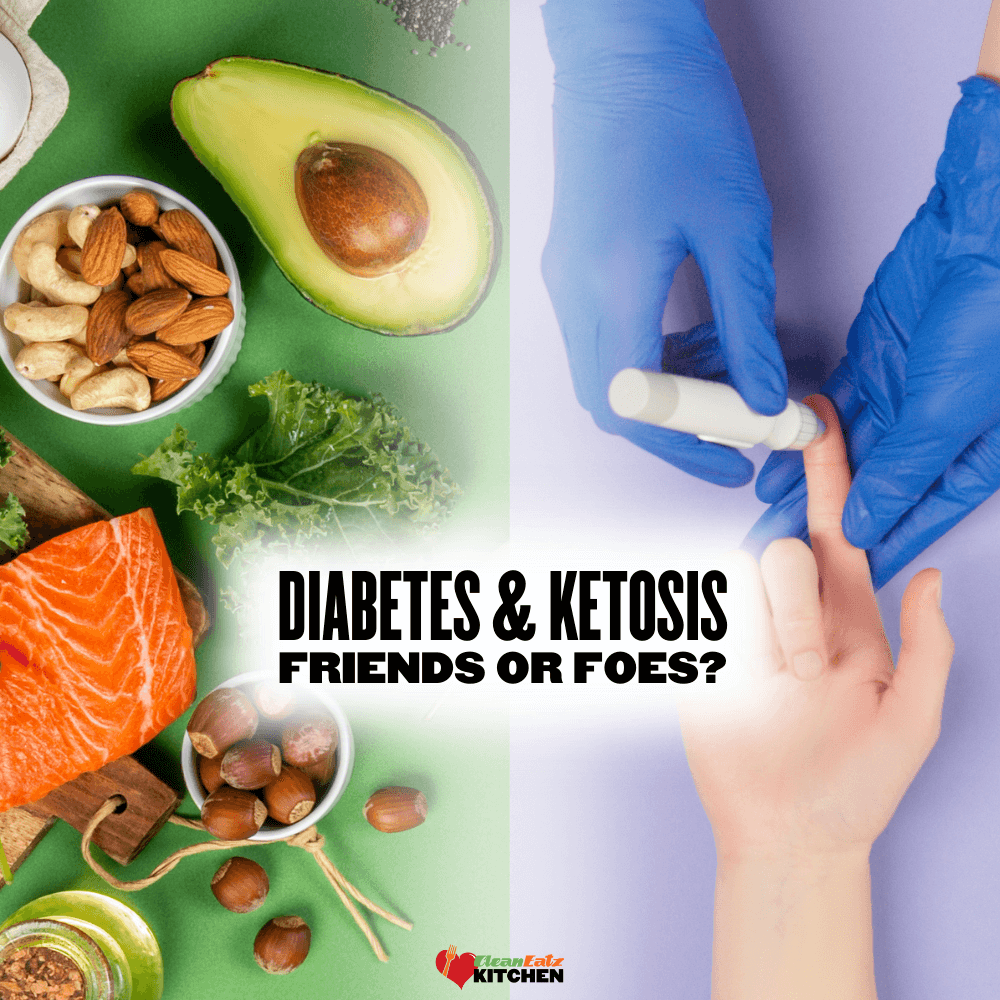
Working Out With Covid
Exercises & Fitness
|
Healthy Lifestyle
6 minute read
It might seem that working out or exercising is the last thing you want to do when dealing with Covid, but the relationship between being physically active and preventing this or any other disease, including how to workout with Covid, may not be entirely clear. However, it does exist, and we will try to shed some light on it and see if it is really worth looking into as a valid form of prevention and treatment.
Today we’ll look into the research available these past couple of years about exercising to fight COVID-19 infection, prevent it, and recover faster from it.
Prevention Before Covid
Physical activity is well known to have a positive effect on immunity, it boosts the immune system, improves cardiorespiratory and vascular function, helps regulate the inflammatory response, and mitigates the effects of stress in our body.
Research shows that people who exercise regularly have an 11% lower risk of Covid infection and 44% less risk of complications and a serious disease onset compared to people who are inactive and sedentary, with a 36% lower risk of being hospitalized with Covid and 43% lower risk of death from Covid. So it could be a powerful tool for the prevention and management of the disease.
On top of these direct benefits, regular exercise can help improve and maintain good mental health and resilience during these trying times. Ana another added benefit to this stage is that regular physical activity will boost the immune antibody response in our body after vaccination making it more effective to help us prevent and fight the disease.
It is also important to note that even lower levels of weekly exercise and physical activity showed positive results and lowered risk. So you can start with moderate physical activity like daily walks and start getting these benefits.
Treatment During Covid
Considering the clinical characteristics of COVID-19, patients might be more drawn to rest and stay in bed for the entirety of the period where they have symptoms and in many cases for an extended period of time during recovery post covid. However, considering the myriad of health benefits from physical activity and the evidence showing that many types of physical therapy and movement therapy can ensure shorter hospitalization times even in UCI patients; it is worth exploring interventions with modified and adapted physical activity for patients going through Covid to ensure shorter recovery periods and maintaining a level of cardiorespiratory function during the disease.
It is also an important strategy for attenuating the decline in cognitive function and improving physical and psychological well-being in individuals affected by COVID-19.
In the acute phase, it is possible to adopt only passive types of exercises at home performed by physiotherapists or kinesiologists, such as manual therapy, passive and active mobilizations, and postural control for secretion draining in the lungs, as well as breathing exercises and breathing therapy. However, qualified physiotherapists or kinesiologists can organize bed-based exercise programs and aid patients in standing up and gradually going back to performing normal daily functions.
All of these with the goal to restore and improve respiratory and cardiocirculatory functions, joint integrity, range of motion, muscle strength, functional independence, mental health, and cognitive function since exercise stimulates the cholinergic, dopaminergic, and serotonergic systems, enhancing mood by reducing depression, anxiety, and stress.
Recovering From Covid
For the recovery process after COVID-19, staying active consistently can be one of the most important strategies for a faster recovery and going back to daily activities.
Post-COVID exercise interventions improved the outcome of recovery in physical fitness, respiratory function, and psychological health. This was even more true for cases with severe fatigue and sequels of COVID-19.
In this post-infection phase, a personalized physical activity program has been shown to ensure a faster return to pre-infection fitness and enhance mental health by boosting self-esteem self-independence, and resilience to stress, thus helping cope with anxiety and depression
General Guidelines for Physical Activity
As mentioned before the most important aspect to take into consideration is to have a personalized and tailored physical activity program depending on each individual situation and stage of the disease. Here are some general guidelines that we can follow for the prevention phase:
-
For health promotion, the recommendation is at least 150 minutes per week of aerobic exercise, however, 10 minutes per day is enough to promote health benefits and recovery of the cardiovascular and respiratory functions which are usually the most affected by sequels of the disease.
-
Strength training through resistance exercises, as well as flexibility and balance exercises, are highly recommended as well and should be performed 2 to 3 times per week.
-
Always ask for help from qualified professionals. First and foremost your doctor gets a general checkup and a green light to engage in a new training regime, but also a qualified trainer or physical therapist to design a personalized protocol for you if you’re going through COVID-19 or recovering from it.
Considering there is not as of yet a well-established treatment for COVID-19, exploring non-pharmacological treatments to prevent infection, reduce the mortality and severity of the disease, reduce the population’s risk of cardiovascular disease, and promote overall health and well-being is crucial to managing the pandemic. As such, frequent exercise and engagement in physical activity have proved to be one of the best, most inexpensive, and viable strategies.
Final Thoughts
So "Can I exercise with covid?". The notion of working out with COVID-19 is a nuanced topic. While it may initially seem counterintuitive, research suggests that carefully managed physical activity can have potential benefits, supporting overall health and potentially aiding in recovery. However, individual circumstances vary widely in the context of COVID-19, and any decision to exercise while infected should be made in consultation with medical professionals and with a focus on safety. Open communication, symptom monitoring, and adherence to recommended guidelines are essential in determining whether working out with COVID is appropriate. As our understanding of the virus continues to evolve, staying informed and making informed decisions remain paramount to safeguarding personal health and public well-being.
FAQ
When should I absolutely avoid exercising with COVID-19?
If you have severe symptoms, including high fever, difficulty breathing, or extreme fatigue, it's best to avoid all physical activity and focus solely on rest and recovery. Seek immediate medical attention if necessary.
How long should I wait after recovering from COVID-19 to resume regular exercise?
The timing varies from person to person. Consult your healthcare provider for guidance on when it's safe to return to your usual exercise routine. They will consider factors like the severity of your illness and your overall health.
Can exercising with COVID-19 worsen the illness?
Intense exercise can potentially strain your immune system and exacerbate symptoms. It's crucial to exercise cautiously and consult a healthcare professional for personalized advice.
Should I get a negative COVID test before resuming regular workouts?
It's advisable to wait until you are no longer contagious and have received clearance from your healthcare provider before returning to regular exercise. A negative test may not be necessary, but follow the guidance provided by health authorities.
Related Articles
Is Kombucha Good for Weight Loss?
7 minute read
Keto Diet for Diabetics: Friends or Foes?
11 minute read



